#Wollstonecraft
Explore tagged Tumblr posts
Text

#philosophy#quotes#Mary Wollstonecraft#A Vindication of the Rights of Woman#Wollstonecraft#reason#rationality#prejudice#justification#humanity
13 notes
·
View notes
Text

Happy 263rd to The Woman Ever
157 notes
·
View notes
Photo
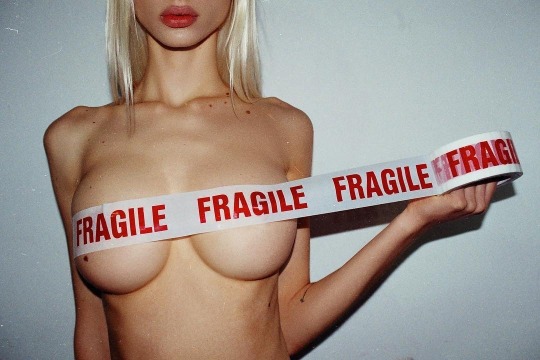
I do not wish women to have power over men; but over themselves.
- Mary Wollstonecraft
American intersectional feminism, intellectually incoherent and inherently misogynistic, has pitted men against women which is why modern feminism is in a cul de sac. Women’s liberation for them is merely commodification as Mary Harrington has put it succinctly.
The question is how you frame the question which makes all the difference. As Ayn Rand - perhaps the only thing she ever got right - put it another way: the question isn't who's going to let me; it's who's going to stop me.
Modern feminism focuses on the former with self-pitying victimhood as a bourgeois luxury belief. First wave feminists focused on the latter through a recognition of differences in biological sex, and yet had the grit and the determination to succeed on their own merits.
#wollstonecraft#mary wollstonecraft#quote#femmes#women#power#agency#victimhood#feminine not feminist#mary harrington#ayn rand#intersectional feminism makes women weak and pitiful#society#culture#commodification
114 notes
·
View notes
Text
Riches, and the consequent state, are the sublime of weak minds:— These images fill, nay, are too big for their narrow souls.
Mary, Mary Wollstonecraft
0 notes
Text
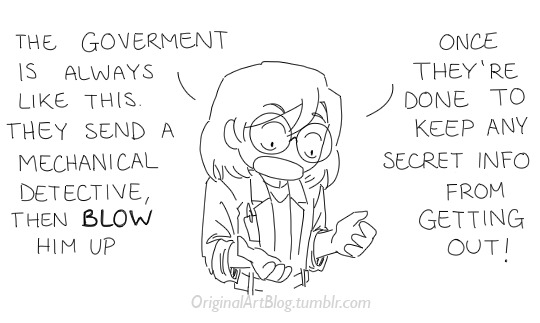
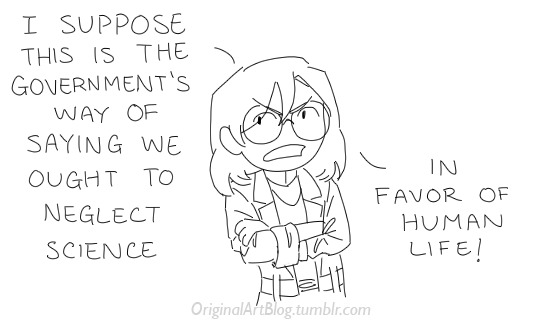
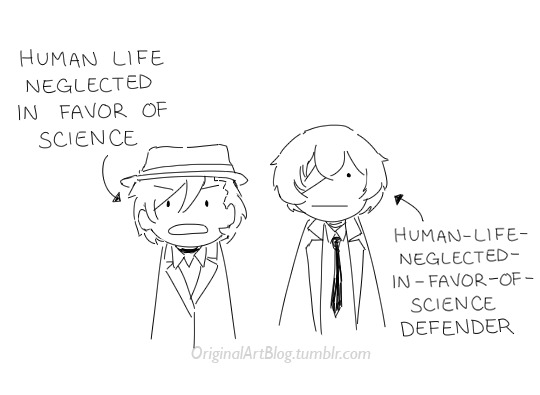
[Storm Bringer]
“In fact, I was against using Adam for such a frivolous investigation from the very start,” Dr. Wollstonecraft began in a huff as she crossed her arms again. “The government is always like this. They send a mechanical detective, then blow him up once they’re done to keep any secret information from getting out. [..] I suppose this is the government’s way of saying we ought to neglect science in favor of human life!”
Dr. Wollstonecraft, ma'am, I think your ethically-dubious opinions on science are better saved for other audiences.
Dr. Wollstonecraft (aka Mary Shelley) based on @videogamelover99's design!
#it's been 85 years but i finally drew this scene. it's been too long since i drew sb stuff.#vee i hope this didn't jumpscare you too much#i'm making the executive decision to have epilogue chuuya with the short hair in preparation for the dragon's head conflict#also dr w here being all ''ugh they ALWAYS do this this extremely specific thing that just happened for the first time 🙄''#is extremely funny to me#bsd#bungo stray dogs#bungou stray dogs#bsd fanart#storm bringer#stormbringer#bsd storm bringer#bsd stormbringer#bsd dr wollstonecraft#bsd wollstonecraft#bsd mary shelley#bsd chuuya#bsd nakahara chuuya#bsd light novel#nawy's comics
2K notes
·
View notes
Text
Verlaine. Verlaine. I get it that your husband just died in the 15!manga, beautifully, and that your basement is so comfy but. Verlaine. There's a triple singularity. Verlaine. Verlaine. Fyodor's rocking everybody's shit. Your lil bro's stressed too. VERLAINE SKK IS STUCK IN FRANCE. VERLAINE WHAT MORE OF A STORM DO YOU WANT???
#manifesting verlaine#also worried about adam because while i do want him to be here. if he kills fyodor. won't that affect mary wollstonecraft??#his creator i mean#cause in a way he's like the vampires???#bsd analysis#but not really hahha#bsd shitpost#bungou stray dogs#bsd#bsd manga#bsd chapter 114.5#paul verlaine#bsd verlaine#bsd fyodor#bsd dazai#bsd chuuya#bsd adam
1K notes
·
View notes
Text





Mary Shelley’s Mathilda
summer semester art project, acrylic on canvas
more pictures and text under the cut
Short novelette Mathilda written by Mary Shelley, the mother of Frankenstein herself, touched me in a certain way since the very moment I read it. Is it the authors writing style? The autobiographical elements snuck into it? The book not being shy portraying taboo elements and feminist ideas, unlike great majority of other books written in the early 19th century? Perhaps all of it.
I really wanted to pay homage to this piece of literature, moments in the plot that struck with me, and to Mary Shelley herself. Correct me if i’m mistaken, but to this day I don’t think there’s any collection of illustrations nor paintings inspired by this written piece, and I’m very proud and honoured to be the first one!





Here! Despite disagreements on my vision between me and my art professors, initial frustration with the poses (incredible thanks to my friend @the-gay-sailor for helping and mental support), months of work when i felt like what I’m doing is pointless, I am ready and satisfied with the result.
I hope you enjoy it as equally as I do :]
#art!#mary shelley’s mathilda#mary shelley#mary wollstonecraft shelley#mary w shelley#artists on tumblr#classic lit art#classical literature#classic lit#matilda mary shelley#mary shelley’s matilda#mathilda mary shelley#gothic literature art#gothic lit art#gothic literature#art final#art school finals#paint on canvas#acrylic on canvas#mary shelly's frankenstein#screw it might as well tag it as such hehe
693 notes
·
View notes
Text
Taylor Swift is a Female Rage icon? Get a Grip.
I’ve just received word that Taylor Swift is calling her show “Female Rage: The Musical.” Here is my very much pissed off response to that nonsense:
The phrase, Female Rage has an intimately rich history:
Some of the first accounts of female rage dates to the Italian renaissance. To be clear, women in those days were not allowed to become painters- the arts were seen as the domain of men. They did not believe that women have rich inner lives capable of delivering the type of artistic innovation with which renaissance men were obsessed.
However, rebels abounded, through the might of their fucking rage. Several women created some of the most compellingly emotional paintings I’ve ever fucking seen. They did it without permission, without financial support, and often under the threat of punishment. They did it as a protest. In paintings like “Timoclea Killing Her Rapist” by Elisabetta Sirani (1659), and another by Artemisia Gentileschi “Slaying of Holofernes” (1612) as it depicts the bravery of Judith as she slayed a traveling warlord out to rape Judith and enslave her city. The painting often is referred to as a way Artemisia was envisioning herself as slaying her rapist. These paintings were used against these women as proof that they were unfeminine- and far too angry. Both these women suffered immensely for their audacity to call attention to the violation men perpetrated on them. Female Rage bleeds off these paintings- bleeds right through to the bone-deep acknowledgement of the injustice women faced being barred from the arts and having their humanity violated in such a sick way. Both women were hated- and considered far too angry.
In philosophy, also as early as the 15th century, an example of female rage is a philosophical text, often hailed as one of the first feminists works in the western world, written by Christine de Pizan titled The City of Ladies (1405). She wrote in protest on the state of women- writing that “men who have slandered the opposite sex out of envy have usually know women who were cleverer and more virtuous than they are” (“The City of Ladies”). People mocked her all her life- but she stood fast to her convictions. She was widowed at a young age with children to feed and the men wouldn’t let women have jobs! She wrote this book and sold it so that she could feed her family- and to protest the treatment of women as lesser than men. Her work was called aggressive and unkempt- they said she was far too angry.
In the 18th century, a young Mary Wollstonecraft wrote, A Vindication of the Right of Women ( 1792) upon learning that the civil rights won in the French Revolution did not extend to women! She wrote in protest of the unjust ways other philosophers (like Rousseau) spoke about the state of women- as if they were lesser. She wrote to advocate for women’s right to education, which they did not yet have the right to! She wrote to advocate for the advancement of women’s ability to have their own property and their own lives! The reception of this text, by the general public, lead to a campaign against Wollstonecraft- calling her ��aggressive” and far too angry.
Moving into modernity, the 1960’s, and into literary examples, Maya Angelou publishes I know why the caged Bird Sings (1969) in which she discusses the fraught youth of a girl unprotected in the world. It beautifully, and heart-wrenchingly, described growing up in the American South during the 1930’s as it subjected her to the intersection of racism and sexism. The story is an autobiographical account of her own childhood, which explains how patriarchal social standards nearly destroyed her life. Upon the reception of her book, men mostly called it “overly emotional” and far too angry. Maya Angelou persisted. She did not back down from the honesty with which she shared her life- the raw, painful truth. With Literature, she regained a voice in the world.
Interwoven into each of the examples I have pulled out here, is the underlying rage of women who want to be seen as human beings, with souls, dreams and hopes, yet are not seen as full members of society at the behest of men. They take all that rage, building up in their souls, and shift it to create something beautiful: positive change. Each of these cases, I have outlined above, made remarkable strides for the women as a whole- we still feel the impact of their work today. They were so god-damn passionate, so full of righteous anger, it burst out into heart-stopping, culture-shifting art. Feminine rage is therefore grounded in experiences of injustice and abuse- yet marked too by its ability to advocate for women's rights. It cannot be historically transmogrified away from these issues- though Taylor Swift is doing her best to assert female rage as pitifully dull, full of self-deprecation, and sadness over simply being single or losing money. She trivializes the seriousness with which women have pled their cases of real, painful injustice and suffering to the masses time and time again. The examples above deal with subjects of rape, governmental tyranny, and issues of patriarchally inspired social conditioning to accept women as less human than men. It is a deadly serious topic, one in which women have raised their goddamn voices for centuries to decry- and say instead, “I am human, I matter, and men have no right to violate my mind, body, or soul.”
The depictions of female rage over the last few centuries, crossing through many cultures, is an array of outright anger, fearsome rage, and into utter despair. The one unyielding, solid underpinning, however, is that the texts are depicting the complete agency of the women in question. The one uniting aspect of female rage is that it must be a reaction to injustice; instead of how male depictions of female rage function, (think Ophelia), the women are the agents of their art with female made- female rage. They push forth the meaning through their own will- not as subjects of male desires or abuses, but as their own selves. That is what makes the phrase so empowering. They are showing their souls as a form of protest to the men who treat women like we have no soul to speak of.
Taylor Swift’s so-called female rage is a farce in comparison. Let’s look at an example: “Mad Woman” (2020). I pull this example, and not something from her TTPD set, because this is one of the earliest examples of her using the phrase female rage to describe her dumb music. (Taylor Swift talking about "mad woman" | folklore : the long pond studio sessions (youtube.com)
The lyrics from “Mad Woman” read “Every time you call me crazy, I get more crazy/... And when you say I seem angry, I get more angry”
How exactly is agreeing with someone that you are “crazy” a type of female rage in which she’s protesting the patriarchy. The patriarchy has a long history of calling women “insane” if they do not behave according to the will of men. So, how is her agreeing with the people calling her crazy- at all subversive in the way that artworks, typically associated with concept of female rage, are subversive. What is she protesting? NOTHING.
Then later, she agrees, again, that she's “angry.” The issue I draw here is that she’s not actually explicating anything within the music itself that she’s angry about- she just keeps saying she's angry over and over, thus the line falls flat. The only thing this anger connects to is the idea of someone calling her angry- which then makes her agree that she is... angry. So, despite it being convoluted, it’s also just not actually making any kind of identifiable point about society or the patriarchy- so again, I beg, what on Earth makes this count as Female Rage?
In essence, she is doing the opposite of what the examples above showcase. In letting an outside, presumably male, figure tell Taylor Swift what she is feeling, and her explicit acceptance of feeling “crazy” and “angry,” she is ultimately corroborating the patriarchy not protesting it. Her center of agency comes from assignment of feelings outside of herself and her intrinsic agreement with that assignment; whereas female rage is truly contingent on the internal state, required as within our own selves, of female agency. As I stated above, the women making female rage art must have an explicit agency throughout the work. Taylor Swift’s song simply does not measure up to this standard.
Her finishing remarks corroborates the fact that she's agreeing with this patriarchal standard of a "mad" or crazy woman:
"No one likes a mad woman/ You made her like that"
Again, this line outsources agency through saying "you made her like that" thus removing any possibility of this song being legitimate female rage. There is simply no agency assigned to the woman in the song- nor does the song ever explicitly comment on a social issue or protestation of some grievous injury to women's personhood.
She honestly not even being clever- she's just rhyming the word “crazy” with “crazy.” Then later rhyming “angry” with “angry.” Groundbreaking stuff here.
Perhaps Taylor Swift is angry, in “Mad Woman,” but it is not the same type of rage established in the philosophical concept of female rage of which art historians, philosophers, and literary critics speak. Instead, it is the rage of a businesswoman that got a bad deal- but it is not Female Rage as scholars would identify it. In “Mad Woman” I fear her anger is shallow, and only centered on material loss- through damaging business deals or bad business partners. She is not, however, discussing what someone like Christine de Pizan was discussing by making a case for the concept that woman also have souls like men do. In her book, she had to argue that women have souls, because men were unconvinced of that. Do you see the difference? I am saying that Swift’s concerns are purely monetary and material, whereas true examples of female rage center on injustice done against their personhood- as affront to human rights. Clearly, both things can make someone mad- but I’d argue the violation of human rights is more serious- thus more deserving of the title “Female Rage.”
Simply put, Taylor Swift is not talking about anything serious, or specific, enough to launch her into the halls of fame for "Female Rage" art. She's mad, sure, but she's mad the way a CEO gets mad about losing a million dollars. She's not mad about women's position in society- or even just in the music industry.
She does this a lot. The album of “Reputation” was described as female rage. Songs in “Folklore” were described as female rage. Now, she’s using the term to describe TTPD, which is the most self-centered, ego-driven music I’ve heard in a long time.
Comparing the injustice, and complete subjugation, of women’s lives- to being dumped by a man or getting a bad deal- wherein she is still one of the most powerful women of the planet- is not only laughable, but offensive.
#anti taylor swift#taylor swift critical#ex swiftie#mad woman#folklore#maya angelou#christine de pizan#artemisia gentileschi#mary wollstonecraft#Elisabetta Sirani#art history#books and literature#feminist#feminism#female rage#taylor swift#activism#toxic swifties#toxic taylor swift#philosophy#fuck Rousseau#I'm a professional Taylor Swift Critic
580 notes
·
View notes
Text

A solitary being is by instinct a wanderer.
-- Mary Wollstonecraft Shelley
(Freiburg, Germany)
#wanderer#solitary#instinct#mary wollstonecraft#travel photography#mary shelley#mary w shelley#freiburg#germany#freiburg im breisgau#quote#street photography#summer#summer days
234 notes
·
View notes
Text

Happy International Women's Day 2024
#international women's day#mary wollstonecraft#a vindication of the rights of woman#quotes#words of wisdom#fight back
613 notes
·
View notes
Text

#Here are Three Things You Probably Didn’t Know About Frankenstein#facts#trivia#Frankenstein#Frankenstein’s monster#The Creature#penguins#North Pole#Penguin King (Honorary)#Ben Cooper#costumes#Halloween#spooky#Mary Wollstonecraft#mary shelley
260 notes
·
View notes
Text

#philosophy#quotes#Mary Wollstonecraft#A Vindication of the Rights of Woman#Wollstonecraft#patience#injustice#justice#virtue#vice#morality#ethics
18 notes
·
View notes
Text
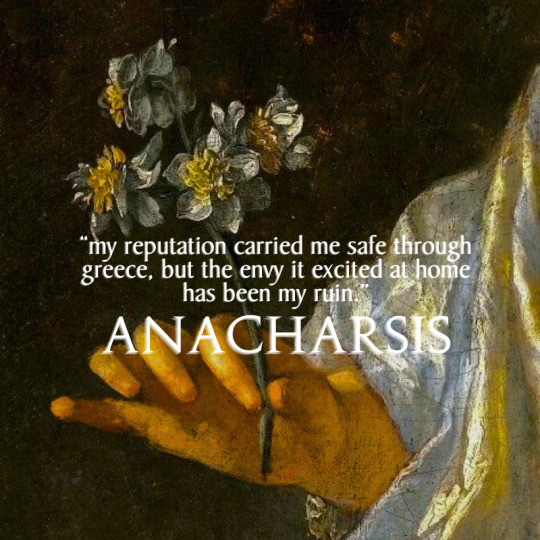
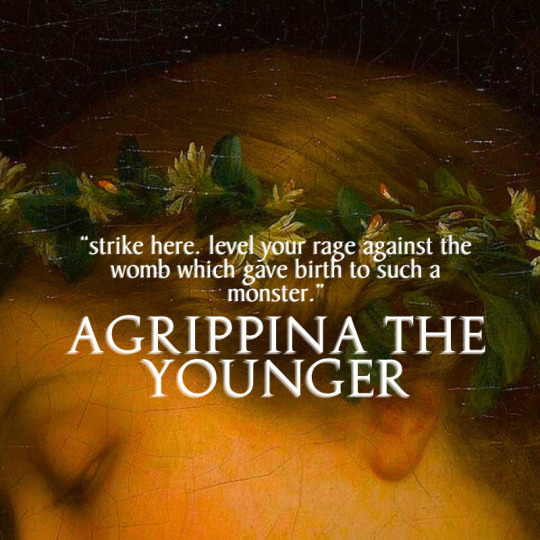






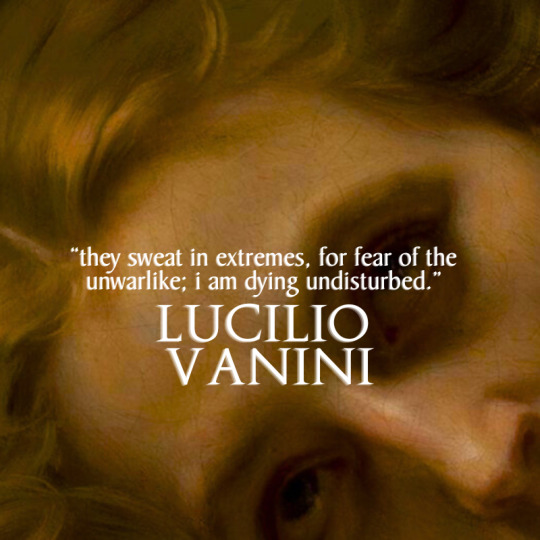

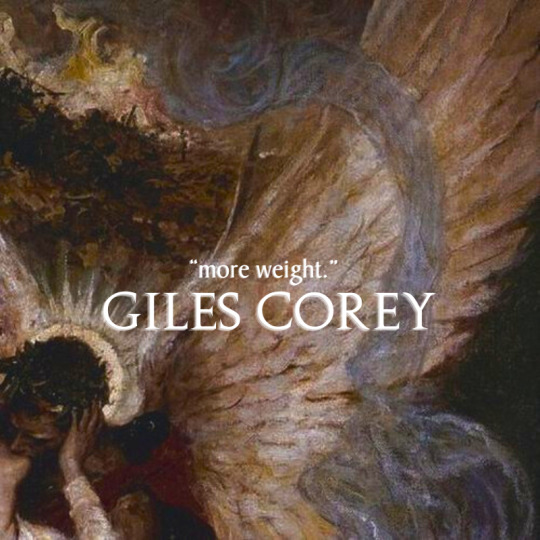
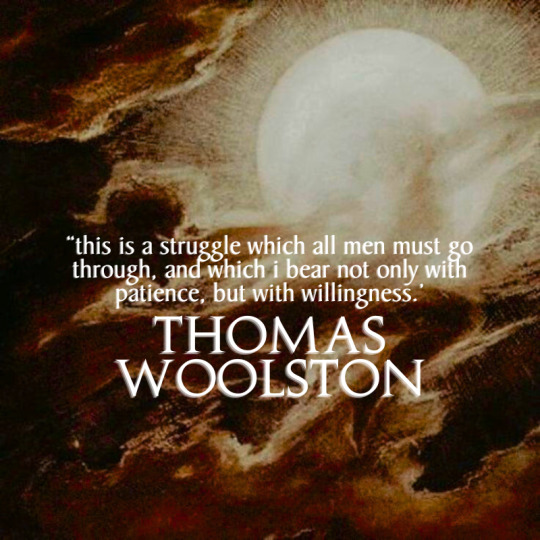


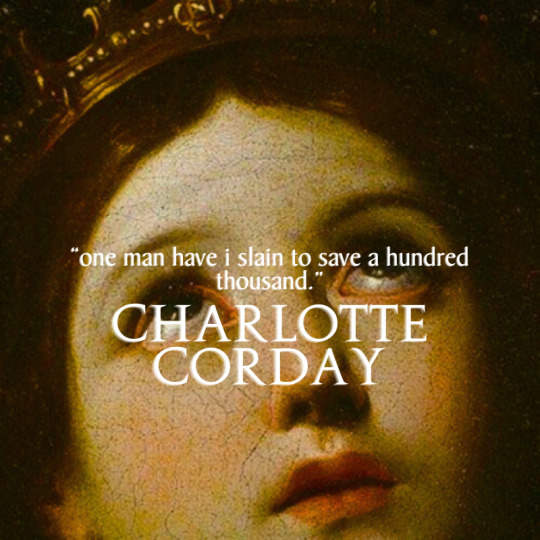










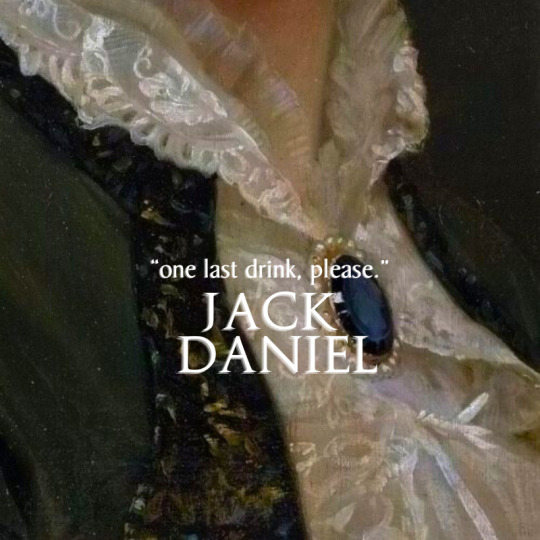




history + last words
#history#mary wollstonecraft#oscar wilde#giles corey#agrippina the younger#pliny the elder#matoaka#pocahontas in other names but i just went with her actual name#jack daniel#historyedit#words#art
804 notes
·
View notes
Text



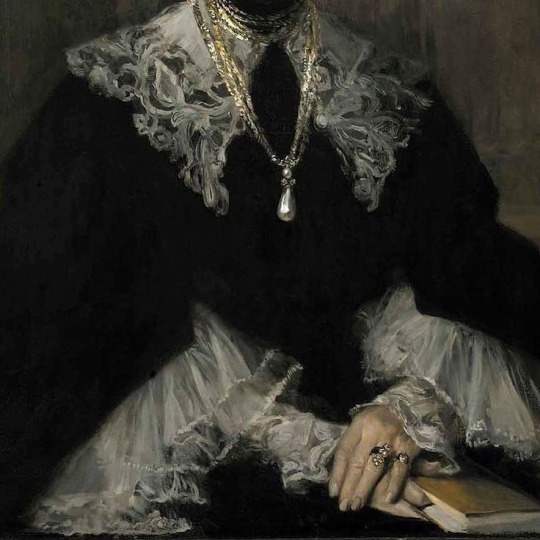
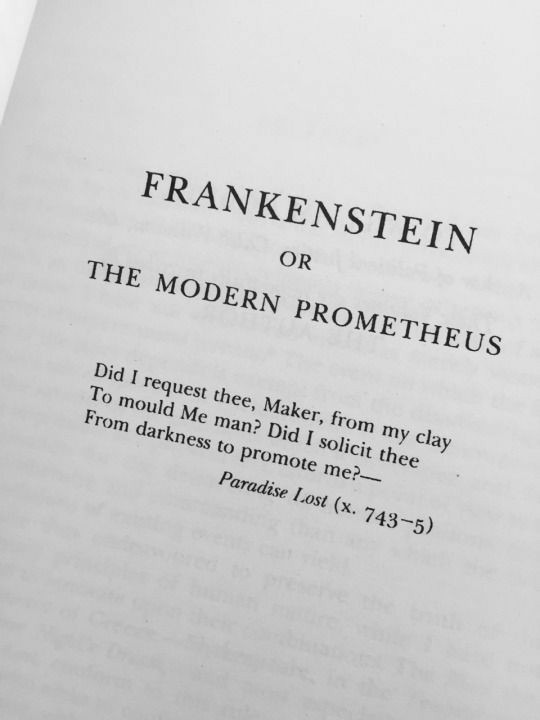
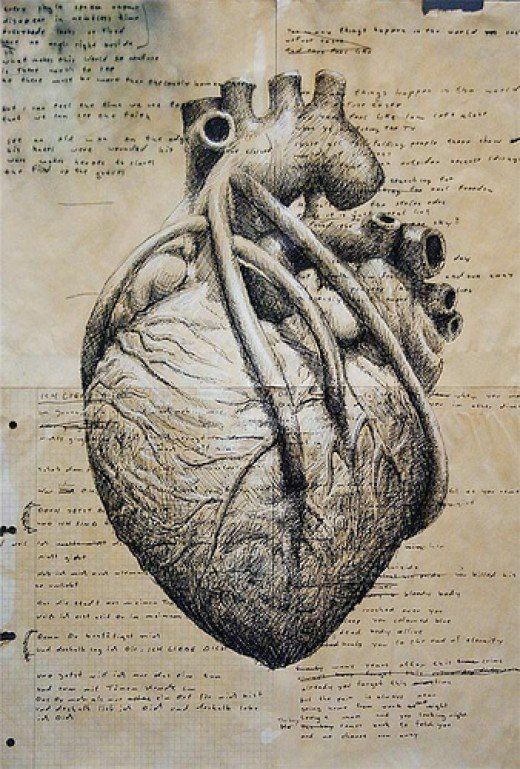



happy birthday, mary shelley!
#a true work of art//moodboard#sparks of creativity//my work#moodboard#aesthetic#mb#mary shelley#mary wollstonecraft Shelley#frankenstein#the modern prometheus#gothic horror#gothic#victorian gothic#darkest academia#dark academia
951 notes
·
View notes
Text
Their minds were shackled with a set of notions concerning propriety, the fitness of things for the world’s eye, trammels which always hamper weak people. What will the world say? was the first thing that was thought of, when they intended doing any thing they had not done before.
Mary, Mary Wollstonecraft
0 notes
Text

doodle
56 notes
·
View notes